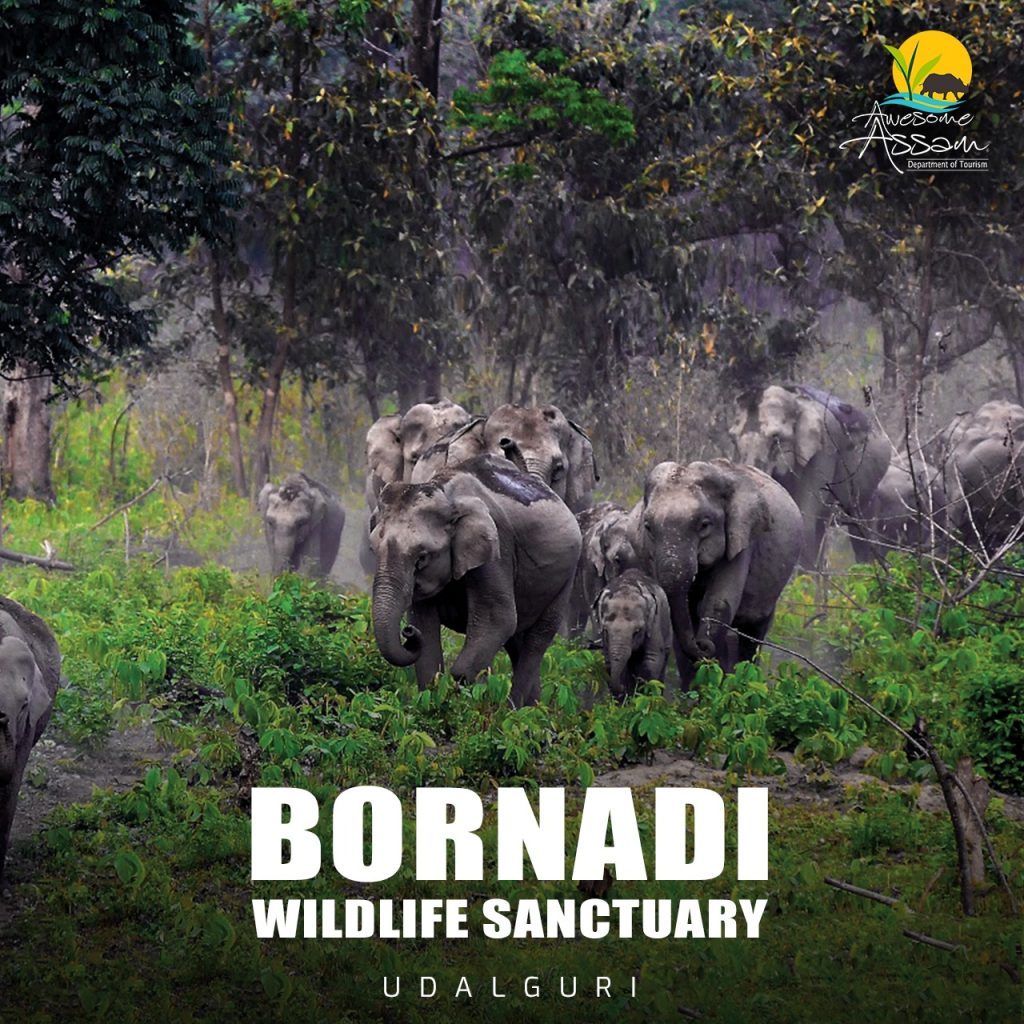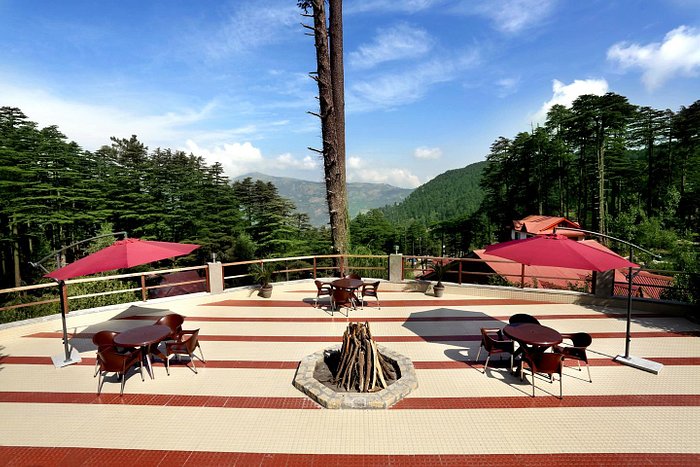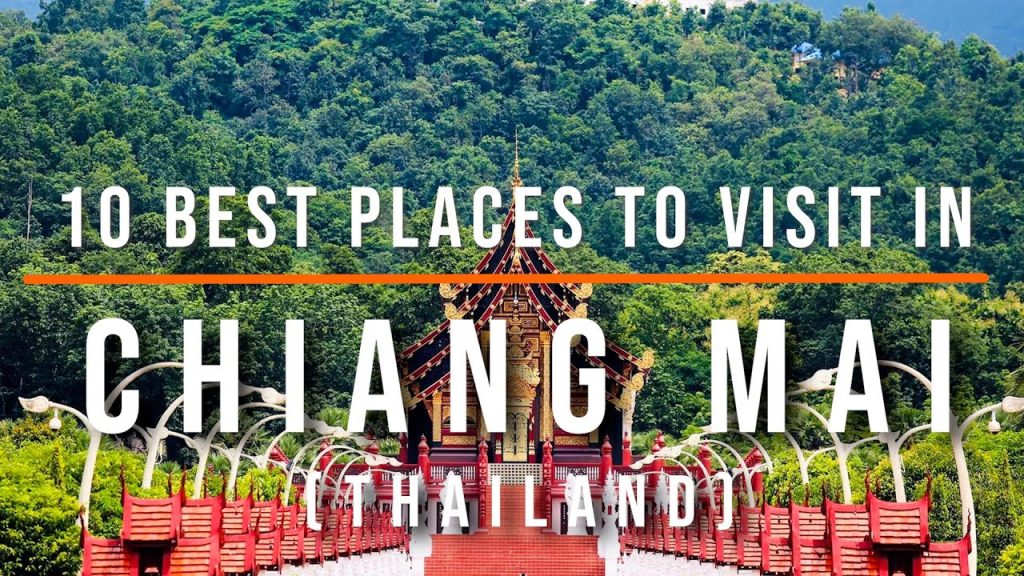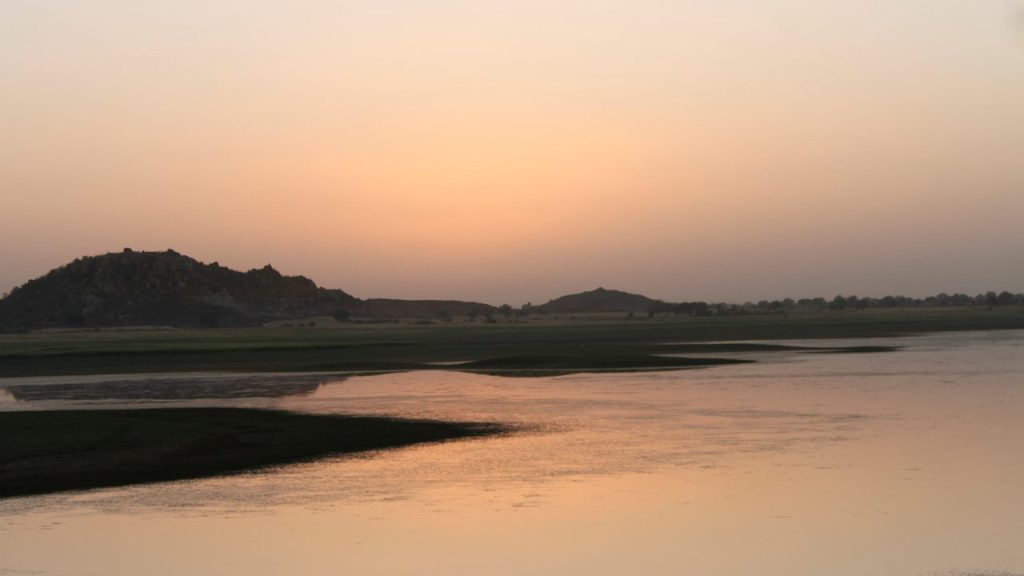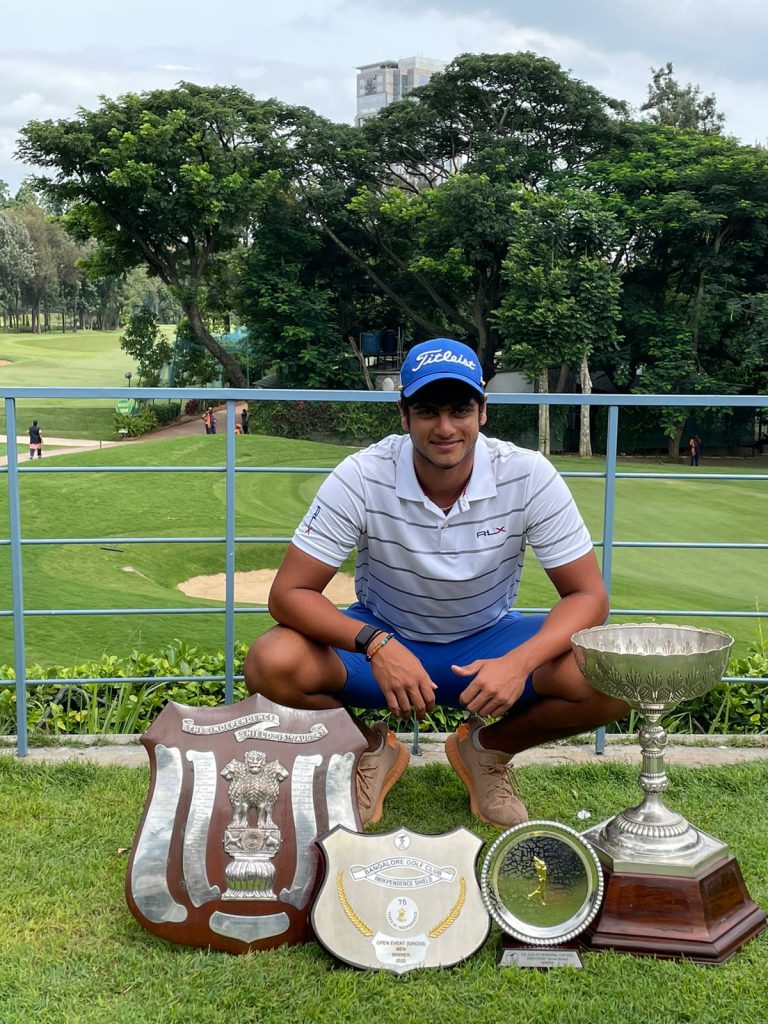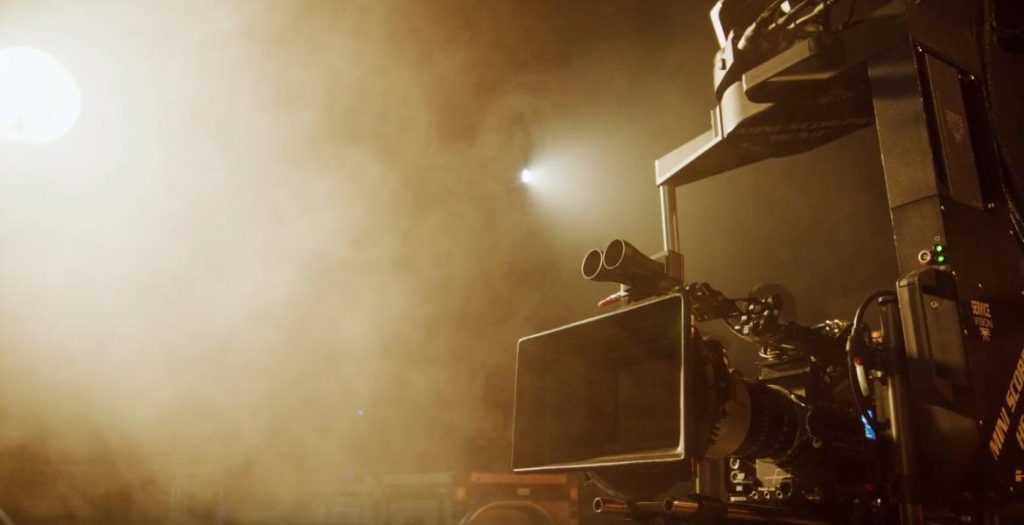The Domkhar Tshechu Festival is a vibrant celebration in Bhutan. It showcases unique cultural traditions and colorful dances.
Nestled in the picturesque village of Domkhar, this festival attracts visitors from around the world. The three-day event is a mesmerizing blend of spirituality and entertainment. Monks and villagers alike participate, creating an atmosphere of unity and joy. Spectacular masked dances tell ancient stories, while traditional music fills the air.
The festival is not just a visual delight; it offers a deep connection to Bhutanese heritage. Attending the Domkhar Tshechu is an opportunity to witness the rich culture and traditions of Bhutan. Whether you are a history enthusiast or simply seeking adventure, this festival promises an unforgettable experience.
Introduction To Domkhar Tshechu
When it comes to experiencing the vibrant culture and deep-rooted traditions of Bhutan, the Domkhar Tshechu Festival is a must-see. This festival is not just a visual feast of colorful dances and rituals; it’s a profound journey into the heart of Bhutanese heritage. If you’re someone who loves exploring unique cultural events, the Domkhar Tshechu will surely fascinate you.
Historical Background
The Domkhar Tshechu Festival has a rich history that dates back several centuries. It was established to honor Guru Rinpoche, the precious master who introduced Buddhism to Bhutan in the 8th century. His teachings have left an indelible mark on Bhutanese culture, and this festival serves as a tribute to his legacy.
One of the most captivating aspects of the festival is the array of traditional dances, known as cham, performed by monks and laypeople. These dances are not merely performances but are considered sacred rituals that convey religious stories and teachings. Each movement, each mask, and each costume is steeped in symbolism and history, offering a window into the spiritual life of Bhutan.
Significance In Bhutan
In Bhutan, the Domkhar Tshechu Festival is more than just an event; it is a spiritual and communal cornerstone. It brings together people from various walks of life to celebrate their shared heritage and beliefs. The festival usually takes place in the serene village of Domkhar, providing a perfect backdrop for this cultural extravaganza.
For the local community, the festival is a time of spiritual renewal and social bonding. Families gather to enjoy the festivities, reconnect with loved ones, and reinforce their cultural identity. The cham dances, with their elaborate costumes and masks, are not just entertaining but are believed to ward off evil spirits and bring blessings to the onlookers.
Have you ever wondered what it feels like to be part of such an ancient tradition? Attending the Domkhar Tshechu gives you a unique opportunity to immerse yourself in a living tradition, to feel the pulse of Bhutanese culture in a way that no book or video can ever replicate. You get to witness firsthand the dedication and passion that the performers bring to their art, making it a deeply moving experience.
So, if you’re planning a trip to Bhutan, consider timing your visit to coincide with the Domkhar Tshechu Festival. It’s not just an event; it’s an unforgettable adventure into the soul of Bhutan.
Traditional Rituals
The Domkhar Tshechu Festival is a vibrant celebration in Bhutan. It showcases ancient traditions passed down through generations. Traditional rituals at this festival are profound and captivating. They offer a glimpse into the spiritual and cultural heritage of Bhutan.
Mask Dances
Mask dances are a highlight of the Domkhar Tshechu Festival. Performers wear elaborate masks representing deities and spirits. Each dance tells a unique story from Bhutanese mythology. The dancers’ movements are graceful and precise. Spectators are often mesmerized by the intricate choreography. These dances are believed to ward off evil spirits and bring blessings.
Religious Ceremonies
Religious ceremonies play a crucial role at the Domkhar Tshechu Festival. Monks conduct rituals to honor Buddhist teachings. They chant prayers and perform sacred rites. Offerings are made to deities to seek protection and prosperity. The atmosphere is filled with reverence and devotion. Participants feel a deep connection to their faith during these ceremonies.
Cultural Performances
The Domkhar Tshechu Festival is a vibrant celebration in Bhutan. Cultural performances are at the heart of this festival. These performances showcase the rich heritage of the region. Visitors can experience traditional music, dance, and theatrical shows. Each performance tells a story and keeps the ancient traditions alive.
Folk Music And Dance
Folk music and dance are integral to Domkhar Tshechu Festival. Local musicians play traditional instruments. The tunes are lively and infectious. Dancers wear colorful costumes and masks. Their movements are graceful and tell old stories. The music and dance unite the community. It is a sight to behold and a treat for the senses.
Theatrical Shows
Theatrical shows add drama to the festival. Actors perform scenes from historical tales. These stories are often about gods and heroes. The costumes are elaborate and eye-catching. The performances are both entertaining and educational. They offer a glimpse into Bhutanese folklore. The audience is often captivated by the storytelling. The theatrical shows are a highlight for many visitors.
Community Participation
The Domkhar Tshechu Festival in Bhutan is a vibrant cultural event. Community participation plays a vital role in the celebration. From local villagers to monks, everyone contributes to the festival’s success. This section explores the essence of community involvement in the Domkhar Tshechu Festival.
Local Involvement
Local villagers take part in various ways. They help set up the venue. They also assist in preparing food and decorations. Their participation is crucial. It ensures the festival runs smoothly. The villagers’ dedication reflects their deep respect for tradition.
During the festival, many villagers perform traditional dances. These dances are a highlight of the event. They practice for months to perfect their moves. The audience enjoys these performances immensely. The villagers’ enthusiasm brings life to the festival.
Role Of Monks
Monks hold a special place in the Domkhar Tshechu Festival. They lead the religious ceremonies. Their chants and rituals create a sacred atmosphere. These spiritual activities are central to the festival.
Monks also perform masked dances called Cham. These dances tell ancient stories. They convey moral lessons and spiritual teachings. The monks’ performances are highly respected. They add depth and meaning to the festival.
The monks’ role extends beyond the festival days. They offer blessings to the community. Their presence ensures the festival remains a spiritual event. The monks’ involvement is essential. It keeps the festival rooted in its religious origins.
Festive Attire
The Domkhar Tshechu Festival in Bhutan is a vibrant celebration of culture. One of its most captivating aspects is the festive attire. Locals dress in traditional costumes that reflect their rich heritage. The festival is a visual feast of colors and patterns. Each outfit carries deep cultural significance. Let’s delve into the world of festive attire at Domkhar Tshechu.
Traditional Costumes
At the Domkhar Tshechu Festival, traditional Bhutanese costumes are a highlight. Men wear the ‘Gho,’ a knee-length robe tied with a belt. This attire represents Bhutan’s national identity. Women adorn the ‘Kira,’ a long dress fastened at the shoulders. Both costumes are often made from handwoven fabrics. They showcase intricate patterns and skilled craftsmanship.
These traditional costumes are not just for show. They are deeply rooted in Bhutanese culture. Wearing them is a way to honor their ancestors. The attire also fosters a sense of community. During the festival, everyone looks stunning in their traditional dress. It creates a beautiful and cohesive visual experience.
Significance Of Colors
Colors play a vital role in the festive attire at Domkhar Tshechu. Each color holds a special meaning. Red symbolizes power and energy. Yellow represents purity and spirituality. Blue stands for protection and peace. Green signifies prosperity and harmony. These colors are carefully chosen for their symbolic value.
The combination of colors in the costumes is not random. It reflects Bhutanese beliefs and traditions. Wearing these colors is a way to connect with their cultural roots. The vibrant hues create a lively and joyful atmosphere. It is a beautiful sight to behold.
Every detail in the festive attire has a purpose. The colors and patterns tell a story. They reflect the rich heritage of Bhutan. The Domkhar Tshechu Festival is a celebration of this heritage. Through their attire, the people of Bhutan express pride in their culture.
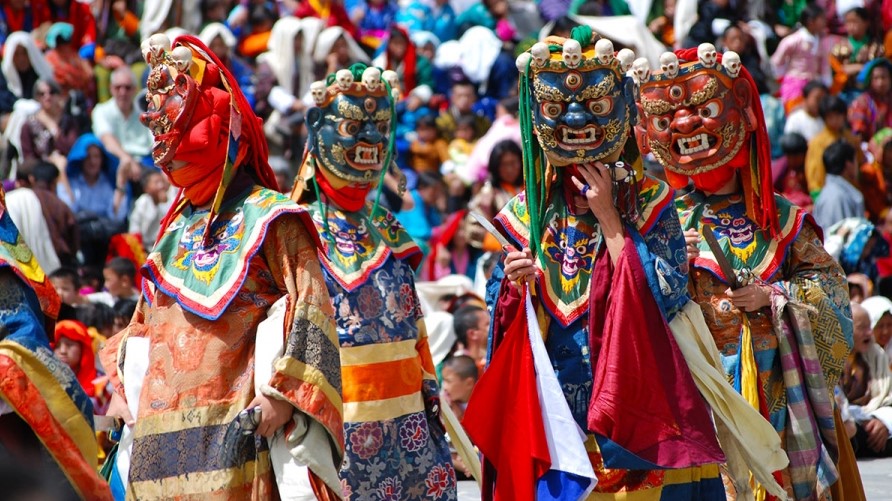
Credit: authenticbhutantours.com
Gastronomic Delights
Experience culinary wonders at the Domkhar Tshechu Festival. Savor traditional Bhutanese dishes amid vibrant cultural celebrations. Delight in unique flavors and local specialties.
Gastronomic Delights When it comes to the Domkhar Tshechu Festival, the vibrant dances and spiritual rituals often steal the spotlight. However, the gastronomic delights at this festival are just as captivating. From savoring traditional Bhutanese cuisine to indulging in unique festival specialties, your taste buds are in for a treat. Let’s dive into the culinary wonders you can expect.Traditional Bhutanese Cuisine
One of the highlights of the Domkhar Tshechu Festival is the chance to sample authentic Bhutanese food. Bhutanese cuisine is rich and flavorful, often featuring red rice, buckwheat, and an array of fresh vegetables. – Ema Datshi: A dish that is a staple in every Bhutanese household. It consists of chilies and cheese and is known for its spicy and comforting flavor. – Phaksha Paa: A pork dish cooked with radishes and dried chili peppers. The tender pork combined with the spice of the chilies creates an unforgettable taste. – Red Rice: Unique to Bhutan, this nutty-flavored rice is a perfect side dish, complementing the hearty stews and curries. Have you ever tried butter tea? Known as Suja in Bhutan, this tea, made from yak butter and salt, offers a rich, savory experience that is quite different from the sweet teas you might be used to.Festival Specialties
The Domkhar Tshechu Festival also offers exclusive treats that you won’t find anywhere else. These specialties are often prepared with great care, blending traditional methods with local ingredients. – Hoentay: These dumplings are filled with turnip greens, spinach, and cheese. They are often steamed and can also be enjoyed fried. Each bite is a delicious burst of flavors. – Zow Shungo: A dish made from leftover rice and vegetables, seasoned with a unique blend of spices. It’s a wonderful way to experience the ingenuity of Bhutanese cooking. – Ara: A traditional alcoholic beverage made from rice or maize. It’s a must-try for anyone looking to fully immerse themselves in the festival’s culinary offerings. During my last visit, I was struck by how food brought people together. I shared a table with locals and travelers alike, trading stories over bowls of steaming Ema Datshi. It was a reminder that food is more than sustenance; it’s a universal language. Have you ever experienced a dish that you couldn’t forget? At Domkhar Tshechu, every meal is a memory waiting to be made. Don’t miss the chance to explore these gastronomic delights. What are you most excited to try at the festival?Art And Craft Exhibitions
The Domkhar Tshechu Festival is more than a religious gathering. It is a vibrant celebration of local heritage. Art and craft exhibitions at this festival showcase the rich culture of Bhutan. These exhibitions attract both locals and visitors alike.
Handmade Artifacts
The festival features an array of handmade artifacts. Artisans from different regions display their best works. You can find intricate wood carvings, traditional masks, and beautiful textiles. Each piece tells a story of Bhutanese culture.
Visitors can witness the skill and dedication of the artisans. The handmade artifacts offer a glimpse into the traditions passed down through generations. These crafts are not only decorative but also hold cultural significance.
Local Craftsmanship
Local craftsmanship shines at the Domkhar Tshechu Festival. Craftsmen use age-old techniques to create stunning pieces. These include pottery, weaving, and metalwork. Each craft requires patience and skill.
The festival allows visitors to interact with the craftsmen. You can learn about the processes involved in creating each piece. This interaction adds a personal touch to the experience. It helps preserve these traditional crafts for future generations.
Supporting local craftsmen also boosts the local economy. It ensures that these valuable skills continue to thrive. The art and craft exhibitions at Domkhar Tshechu Festival are a celebration of Bhutanese heritage.
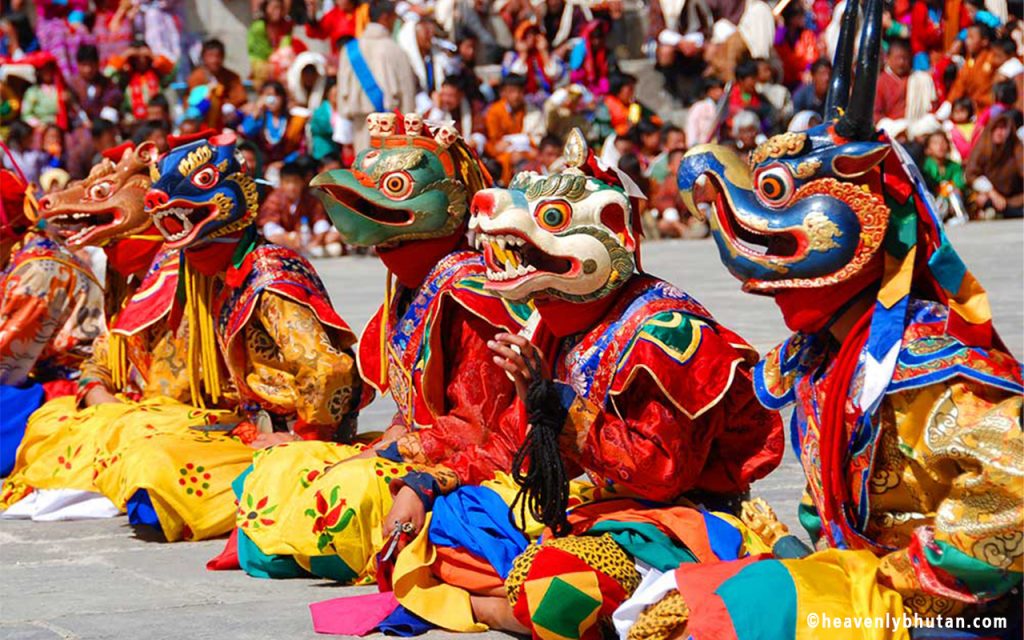
Credit: www.heavenlybhutan.com
Impact On Tourism
The Domkhar Tshechu Festival has a significant impact on tourism. This traditional celebration draws visitors from around the world. They come to experience its rich cultural heritage. The festival not only entertains but also boosts the local economy.
Visitor Experience
Visitors enjoy a colorful display of traditional dances and rituals. These performances provide a deep dive into Bhutanese culture. The festival’s vibrant atmosphere leaves lasting memories. Many tourists return year after year. They feel a sense of connection with the local community. The unique setting in the village of Domkhar adds to the charm. The surrounding landscape enhances the overall experience. Tourists often describe their visit as magical and enriching.
Economic Benefits
The influx of tourists during the Domkhar Tshechu Festival boosts the local economy. Hotels, guesthouses, and restaurants see increased business. Local artisans and vendors sell more handicrafts and goods. This economic activity supports many families in the region. It also encourages the preservation of traditional crafts. The festival creates job opportunities for locals. It helps in promoting sustainable tourism practices. This economic boost is essential for the community’s growth.
.jpg)
Credit: www.visitbhutan.com
Frequently Asked Questions
What Is The Tsheshu Festival?
The Tsheshu festival is a traditional Buddhist event celebrated in Bhutan. It features vibrant mask dances, rituals, and cultural performances. This festival honors Guru Rinpoche, who introduced Buddhism to Bhutan. Celebrations take place in various districts and attract numerous locals and tourists.
Why Do We Celebrate Tshechu?
We celebrate tshechu to honor Guru Rinpoche and seek blessings. The festival features traditional dances, rituals, and vibrant cultural events.
What Is The Biggest Festival In Bhutan?
The biggest festival in Bhutan is the Tshechu festival. It is celebrated in various regions with vibrant dances and rituals.
What Is The Thimphu Tshechu Festival?
The Thimphu Tshechu festival is a vibrant religious event in Bhutan. It features traditional dances, colorful costumes, and cultural rituals.
Conclusion
The Domkhar Tshechu Festival offers a unique cultural experience. Visitors enjoy vibrant dances and rituals. The event brings locals and tourists together. It’s a beautiful way to learn Bhutan’s traditions. The festival’s colorful atmosphere is unforgettable. Everyone leaves with lasting memories.
Plan your trip to Bhutan during this festive time. Celebrate and immerse in local customs. Discover the magic of Domkhar Tshechu. Share the joy and heritage of Bhutan.
{ “@context”: “https://schema.org”, “@type”: “FAQPage”, “mainEntity”: [ { “@type”: “Question”, “name”: “What is the Tsheshu festival?”, “acceptedAnswer”: { “@type”: “Answer”, “text”: “The Tsheshu festival is a traditional Buddhist event celebrated in Bhutan. It features vibrant mask dances, rituals, and cultural performances. This festival honors Guru Rinpoche, who introduced Buddhism to Bhutan. Celebrations take place in various districts and attract numerous locals and tourists.” } } , { “@type”: “Question”, “name”: “Why do we celebrate tshechu?”, “acceptedAnswer”: { “@type”: “Answer”, “text”: “We celebrate tshechu to honor Guru Rinpoche and seek blessings. The festival features traditional dances, rituals, and vibrant cultural events.” } } , { “@type”: “Question”, “name”: “What is the biggest festival in Bhutan?”, “acceptedAnswer”: { “@type”: “Answer”, “text”: “The biggest festival in Bhutan is the Tshechu festival. It is celebrated in various regions with vibrant dances and rituals.” } } , { “@type”: “Question”, “name”: “What is the Thimphu Tshechu festival?”, “acceptedAnswer”: { “@type”: “Answer”, “text”: “The Thimphu Tshechu festival is a vibrant religious event in Bhutan. It features traditional dances, colorful costumes, and cultural rituals.” } } ] }
